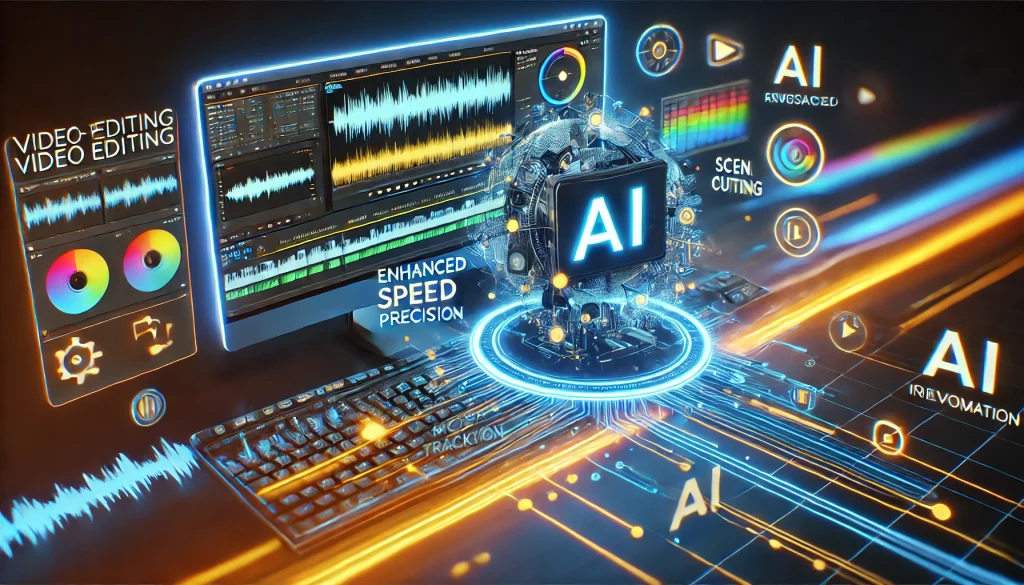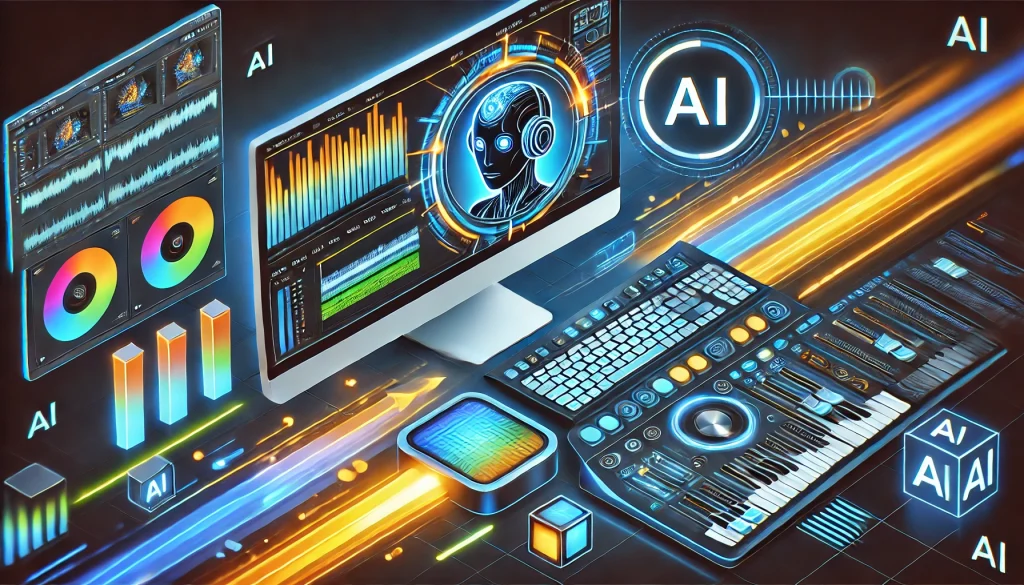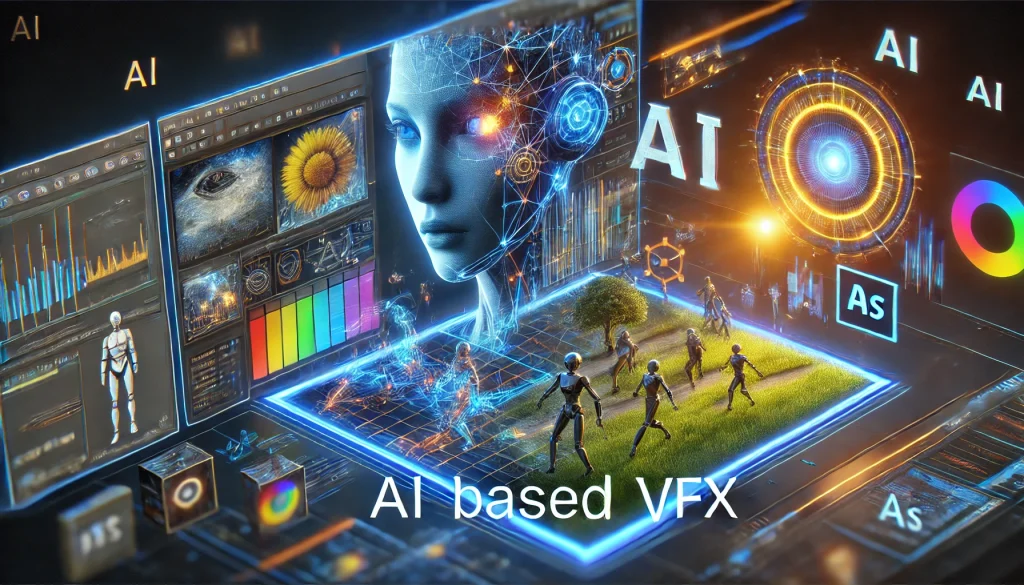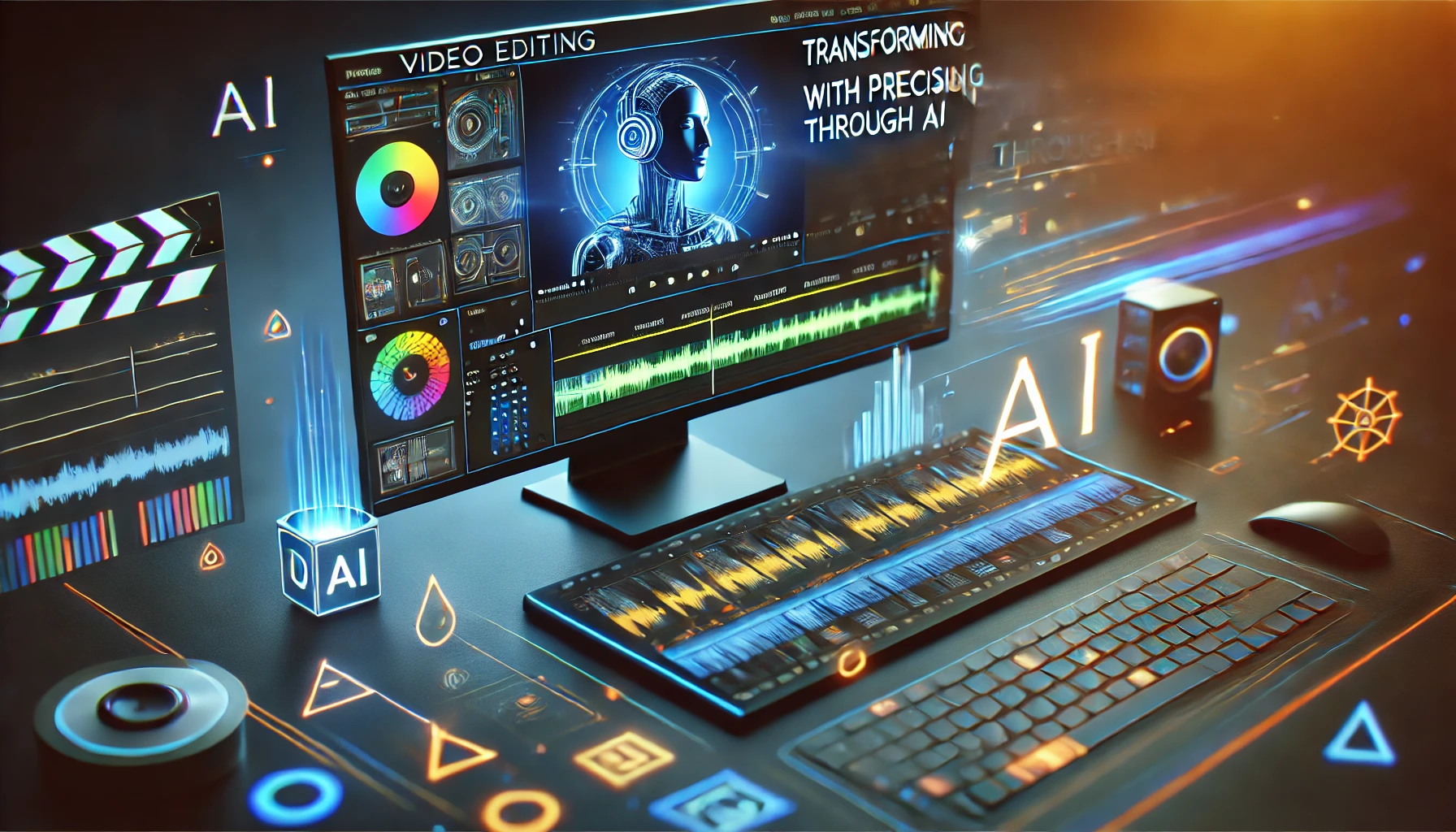Artificial Intelligence (AI) is no longer just a futuristic idea—it’s already transforming industries across the board, and one area seeing rapid advancements is video editing. The rise of AI video editors has introduced filmmakers and content creators to a new era where post-production tasks are faster and more efficient than ever before. Whether you’re producing short-form videos for social media or full-length feature films, AI is enhancing creativity by automating time-consuming processes. This shift is revolutionizing the art of video editing, making it quicker, smarter, and more precise.
Check out this introductory video explaining how AI is transforming video editing processes.

The Rise of AI in Video Editing
Traditional video editing has always been labor-intensive, requiring meticulous attention to detail to achieve perfect transitions, visual effects, and sound synchronization. The introduction of AI video editors, such as those integrated into industry-standard platforms like Premiere Pro, has changed the game. AI-driven tools can now assist editors by automatically analyzing footage, recognizing patterns, and even suggesting edits to optimize the final cut.
According to Medium, AI is revolutionizing video editing by automating tasks like sorting footage and applying advanced effects, which typically require expert skills. This helps filmmakers on tight deadlines focus more on creative decisions than technical tasks.
Watch this video to see how AI-driven tools in Premiere Pro simplify the editing process.
How AI Enhances Speed and Efficiency

In an industry where time is money, AI brings unmatched speed to the editing process. AI tools now complete tasks like color correction and sound design, which once took hours, in a fraction of the time.
According to Vitrina.ai, AI-driven algorithms are adept at analyzing video footage and applying corrections or enhancements based on scene composition, lighting, and motion. In essence, AI serves as a digital assistant to editors, streamlining the process without compromising the director’s creative vision.
This automation speeds up editing, enables smaller teams to manage large productions, and reduces post-production manpower. With AI’s precision, filmmakers can focus more on storytelling and less on technical tasks.
Precision in Film Editing with AI
AI video editors don’t just enhance speed; they also bring a new level of precision to the table. Machine learning algorithms enable these tools to detect inconsistencies, adjust color grading, and refine sound design with impressive accuracy. AI excels at complex edits like special effects integration, which once required multiple software programs and hours of manual work.
In recent Hollywood blockbusters, filmmakers have used AI to smooth action scenes, synchronize audio, and enhance dialogue with lip-sync technology.
AI in Modern Filmmaking: Examples from the Industry
Several films and projects have already embraced AI-driven editing processes, using cutting-edge technology to push the boundaries of creativity. One prominent example is The Irishman, a film that used AI for its extensive de-aging visual effects. Without the advancements in AI video editing, the film’s complex VFX work would have required significantly more time and resources.
In Gemini Man, AI created a younger, digital version of Will Smith and blended it seamlessly into live-action scenes, showing AI’s potential in filmmaking.
Outside Hollywood, AI helps indie films and YouTube creators achieve pro-quality edits. Tools like Premiere Pro use AI for organizing footage, transitions, and generating storyboards.
Filmmakers are increasingly using AI-generated videos to quickly visualize complex scenes in films.
CGI and Motion Capture: “The Lion King” (2019)
The 2019 remake of The Lion King heavily used AI-assisted visual effects to create photorealistic animals and environments. The movie’s VFX team employed machine learning algorithms to enhance motion capture data and automate the creation of realistic animal movements and facial expressions, blending CGI with AI-based animation tools.
AI and VFX: “Avengers: Endgame” (Marvel Studios)
In Avengers: Endgame, AI-driven VFX tools were employed to handle complex sequences involving Thanos and his army. AI-assisted motion capture and facial mapping technology enabled Josh Brolin’s portrayal of Thanos, automating aspects of his performance through AI algorithms to capture detailed facial nuances and movements.
AI for Restoration: Peter Jackson’s “They Shall Not Grow Old”
Peter Jackson’s documentary They Shall Not Grow Old used AI to restore and colorize archival World War I footage. AI-enhanced algorithms were employed to upscale the footage, improve frame rates, and colorize black-and-white film, allowing audiences to view historical footage in unprecedented detail and clarity.
AI-Based VFX in Animation: “Spider-Man: Into the Spider-Verse” (Sony Pictures Animation)

In Spider-Man: Into the Spider-Verse, AI-driven tools were utilized to combine
AI’s Role in Visual Effects and CGI
Visual effects (VFX) and Computer-Generated Imagery (CGI) are crucial components of modern filmmaking. AI is revolutionizing the creation of lifelike digital environments and characters by automating labor-intensive processes. Visual effects teams can now produce more detailed, realistic imagery faster and at a lower cost using AI generators.
In the film Avatar, AI was impressively used to create photorealistic characters and immersive 3D environments. Machine learning algorithms enabled animators to focus on refining emotional nuances, rather than spending months rendering individual frames.
According to Medium, AI is enabling real-time VFX rendering, once impossible due to high computational demands. This allows filmmakers to see instant results and make changes on the go, accelerating production and boosting creative flexibility.
AI-Generated Editing Tools: What’s Next?
The future of AI video editing looks bright, with innovations continuing to reshape how films are produced. AI video editors are becoming smarter and more intuitive, offering capabilities that extend beyond simple automation. AI generators can now suggest music tracks based on a scene’s mood, select the best clips from hours of footage, and assist in building story arcs.
According to Channel As A Service, the next few years will see AI integrated more deeply into the creative decision-making process. Advanced AI tools will not only automate editing tasks but also offer suggestions that enhance narrative structure and emotional impact. This combination of automation and creativity has the potential to completely redefine the art of filmmaking.
Here are different types of AI-generated editing tools that are shaping the future of video editing:
- Automated Editing: Tools like Magisto and Adobe Premiere Pro automatically organize and edit footage.
- AI Color Grading: DaVinci Resolve uses AI for automated color correction.
- Deepfake & Motion Capture: AI tools like DeepFaceLab enable real-time performance manipulation.
- Audio Tools: Programs like Descript automate transcription and audio editing.
- Content-Aware Editing: Adobe Sensei and Content-Aware Fill simplify tasks like object removal and facial recognition.
Conclusion
AI video editing is undeniably transforming the filmmaking landscape, offering unprecedented speed, precision, and creative possibilities. Filmmakers, from blockbuster hits to indie projects, are using AI-driven tools like Premiere Pro to streamline editing and bring their creative visions to life.
Whether you’re a professional editor or an aspiring filmmaker, AI integration in video editing promises a more efficient and innovative future for the film industry.
FAQ
Can AI replace human video editors?
While AI can assist with many aspects of editing, it cannot fully replace human creativity and decision-making. AI serves as a tool to enhance and streamline the editor’s workflow.
How is AI used in video editing?
AI is used in video editing to automate tasks such as color correction, footage sorting, sound design, and applying effects. It enhances both the speed and accuracy of the editing process.
What are the benefits of AI in video editing?
The benefits include faster editing times, improved precision, and the ability to handle large volumes of footage efficiently. AI also allows smaller teams to work on large projects.
Resources
- Medium. The Impact of AI on Video Editing: Automated Editing and Effects
- Vitrina.ai. AI Revolution in Film Production: Advanced Video Editing Techniques
- Medium. Exploring the Impact of AI on Film Production in 2024
- SmartClick.ai. How Artificial Intelligence Is Used in the Film Industry
- MIT Technology Review. Surreal AI: Generative Video is Changing Film

